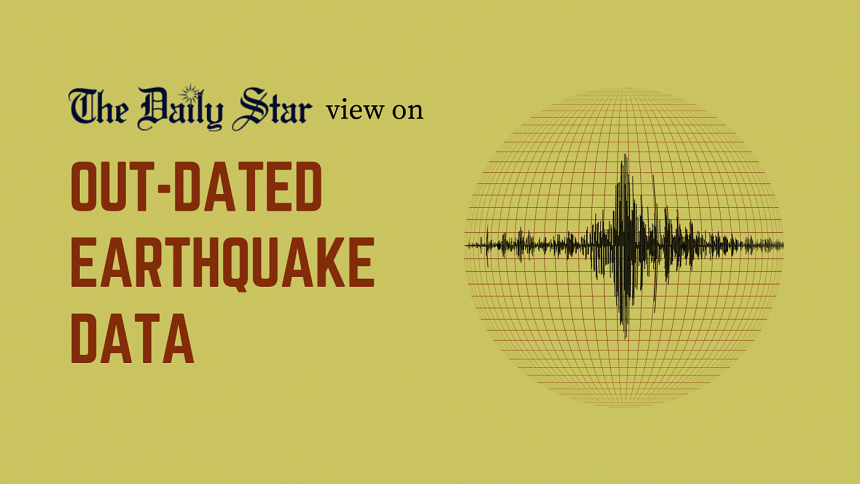Jolting inefficiency of Meteorological Department

Bangladesh has been experiencing an unsettling surge in seismic activity this year, with nearly 100 earthquakes recorded, including five with a magnitude of 5 or higher. Unfortunately, as highlighted by a recent report by this daily, those tasked with monitoring and interpreting the seismic activities in the country are woefully ill-equipped to do so.
It is disconcerting to note that the Bangladesh Meteorological Department (BMD), responsible for monitoring and interpreting seismic activities, operates with a manual system that is not only cumbersome but also results in a 20-minute delay in disseminating critical earthquake details to the public. In fact, in most cases, the BMD publishes the data after the United States Geological Survey (USGS) makes the information public.
Not only does the BMD not have the necessary software needed to streamline the process and provide immediate and accurate information, especially regarding the earthquake's depth, it also lacks the manpower to monitor and interpret seismic activity. Shockingly, there are no seismologists or geologists at the center, apparently because there were no such posts in the organogram of the organisation created in 1984. A revised organogram has reportedly been submitted to the Cabinet Division, but it is inconceivable that the institution could not revise it over the past 40 years. Meanwhile, with only two officials at the Seismic Observatory and Research Centre, round-the-clock monitoring is impossible. The failure to conduct any research activities since the center's inception in 2007 is a clear indication of the manpower crisis as well as the department's priorities.
A comparison reveals that neighbouring countries such as India, Nepal, Sri Lanka, and Pakistan have separate seismic centers equipped with automated machines and messaging systems. The contrast in technological advancement and efficiency underscores the urgency for Bangladesh to embrace modernisation in earthquake monitoring. Despite all the claims of digitalisation, why is our national meteorological department lagging so far behind?
The call for automation is not merely an efficiency measure; it is a necessity for rapid, accurate, and continuous earthquake monitoring. Bangladesh must prioritise the implementation of automated earthquake detection systems. This involves investing in technology, increasing manpower, and collaborating with academic institutions to ensure a robust and efficient seismic monitoring framework. The safety and resilience of the nation depend on the ability to swiftly and accurately respond to seismic threats.


 For all latest news, follow The Daily Star's Google News channel.
For all latest news, follow The Daily Star's Google News channel. 











Comments